Stylistic analysis of appearance from 10/01/21
- Sophia Kathermes

- Oct 7
- 4 min read
Greetings, dear fellow travelers!
No matter the goal of your style search—whether you want to create your own vibrant character that reflects all facets of your soul or project an image that will foster career advancement—you'll need a solid foundation of facts about the potential of your appearance. Otherwise, you won't achieve a harmonious image, and that's precisely why we're all gathered here today.
In building this foundation, we are aided by a stylistic technical analysis—a derivation of the appearance characteristics that must be considered: color type, linearity, and image type. With this analysis of a bold and beautiful female volunteer, I would like to once again illustrate the importance and accessibility of defining these characteristics.
Let's start, traditionally, with the color type
Color type is determined by key characteristics (warmth/coolness, lightness/darkness, brightness/softness) and further verified using collages. If you lack visual experience, you can test all color types using collages, but we'll focus on a few borderline ones.

Let's look at our beautiful girl, having first created a personalized palette based on her color palette. What are these colors?
They're very deep, so we only have two main options: Dark Winter and Dark Autumn. Both of these color types lack a distinct brightness/softness characteristic, so we just need to determine the temperature gradient. Let's take a photo with different lighting and see:
Dark Autumn - Dark Winter
Both palettes are languid and delicious, both beautifully highlight depth, but Winter, upon closer inspection, slightly pales and desaturates the complexion, thereby creating a sickly impression. The autumnal setting, on the other hand, blends harmoniously with the face, intensifying its colors and bringing it to life. Overall, with such a high level of contrast, the winter palette can also be explored, avoiding only the iciest shades. The main option, however, is Dark Autumn. Let's move on.
A brief introduction. Everyone knows what a color type is and understands its purpose (or maybe they don't, but they accept its significance on faith). The topic of linearity is touched upon much less frequently, but it's no less (if not more) important. Once you become familiar with it, you stop dividing passersby into attractive and unattractive—they've either managed to adorn themselves with the appropriate frame, or "something went wrong." And almost always, the "wrong" lies in incorrect linearity, because beauty, as we know, is in harmony, and for this, the lines of the image must echo the lines of the appearance. Let's begin by looking for the lines that were intended to adorn our heroine.

Very expressive linearity, isn't it? Let's turn on our visual thinking and skim our gaze over the face. What do we see? Do we see volume (that is, shapes) or direct lines? Should we sculpt the face or draw it? Or maybe sketch it?
Using tactile associations, this is the kind of face you'd want to carve (for example, from stone or wood, then polish it)—it has noticeable volume, but also distinct lines. It has curves and angles. It's bony, with tightly stretched soft tissue. There are many options, so let's focus on the character of the lines and their movement. Is there movement? If so, in what direction and at what speed? There's no pronounced downward or upward movement, so our primary choice is static: Hard, Rigid, and Fragile lines. But the bony base creates such "excitement" in the face that I'd also like to try Smooth. Let's look again at two example photos from different angles:
Solid - Rigid - Fragile - Flowing
Each of these lines truly resonates with our heroine's features. Let's try formulating a combination of recommendations. A voluminous face suggests a Hard shape. Fortunately, the Solid shape itself can be both "choppy" (influenced by the Hard shape) and streamlined (influenced by the Smooth shape). Having both will expand the recommendations. In her looks, this woman can confidently rely on just two criteria: density and elongation. Silhouettes, large details, hairstyles, prints, and fabrics should all align with the monolithic, solid impression of linearity. They can be both hard and smooth, but they must be substantial and large. Not flimsy or flabby.
A rather charismatic nose tip with Fragile, fine-angled linearity will provide a slight nuance when choosing accessories - they can consist of small details, but still form the same dense monolith (like the crown of a tree, consisting of foliage).
The tale is soon told, and we've reached the final part of the technical analysis:
A personality type, to put it simply, is your attractiveness, your sex appeal, that vibrant image you project to the world with particular ease and can fully express by following these guidelines. This is your role in our life-theater.
How do we determine the role of our beautiful maiden? We can base our analysis on the characteristics we've already identified, examining and correlating colors and lines with character types, but the simplest and most effective method is collages with a corresponding aesthetic. We look and search for the "best role," first eliminating characters with naive romanticism, as the linearity and coloring provide no references. Again, we'll use two photos because the angle has a noticeable impact on our heroine:
Savage - Mystery - Influental - Manor - Exquisite - Sensual
An interesting point emerges at this stage: dark colors and such expressive linearity often indicate a dominant dramatic component, but not in this case. Our heroine's features, despite their expressiveness, are so calm that even classic types look good (those without drama: Local and Refined). But she is, of course, framed most beautifully by the Sensual type. The natural component, expressed in the color and firm linearity, is complemented by romanticism in the expressive combination of lines, the pallor of the skin, and the depth of the eyes. The classical calm of the lines adds a certain weight and nobility to the figure, creating an enveloping image of a Greek fertility goddess or Mother Nature herself: wise and warm, fair and merciful, strong and sensual, majestic and natural, spiritual and earthly:

Possible figurative reference
That's all for now, dear fellow travelers. I hope you found this analysis useful and inspiring. I'm also always happy to receive volunteers for a similar public analysis under special conditions.
Peace between the outer and inner to each and everyone!
Thank you for your trust, and until next time!





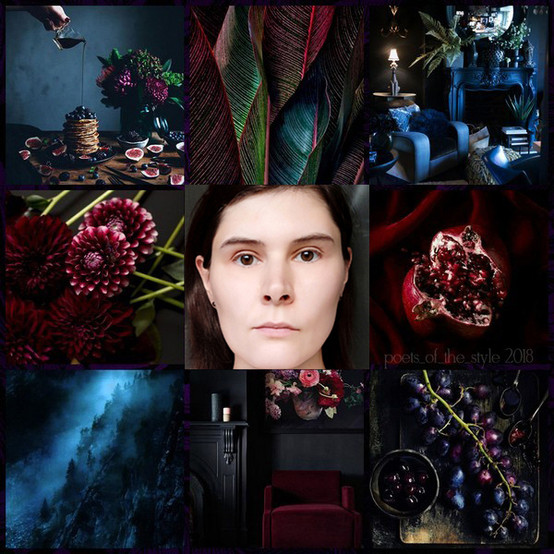






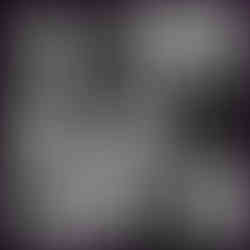





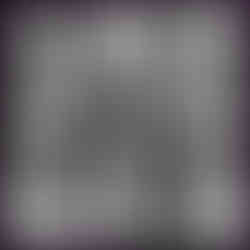










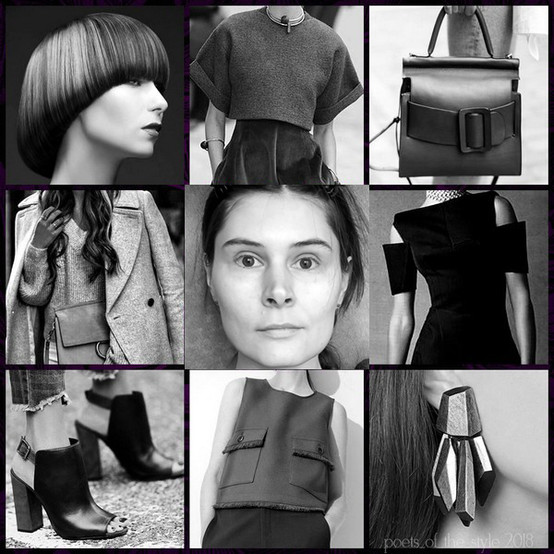













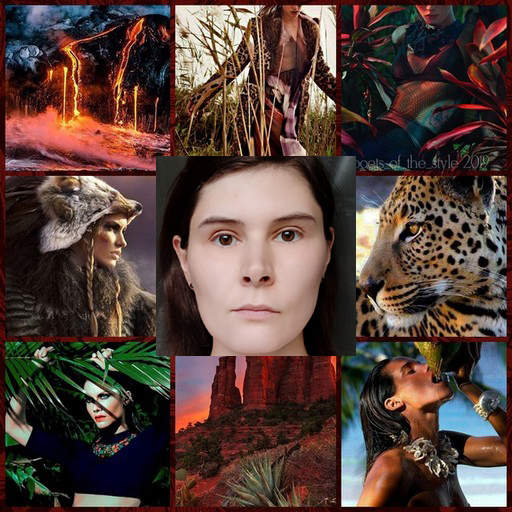

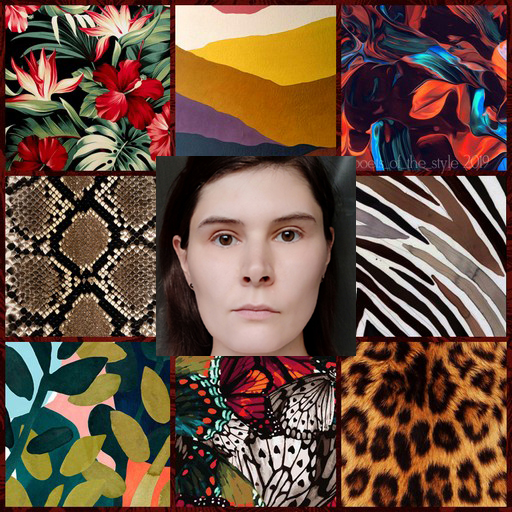

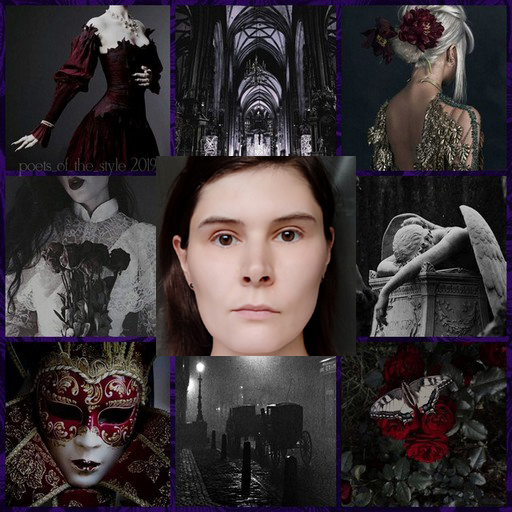

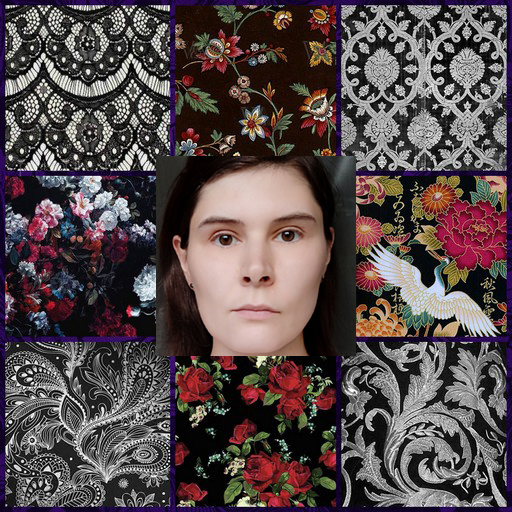

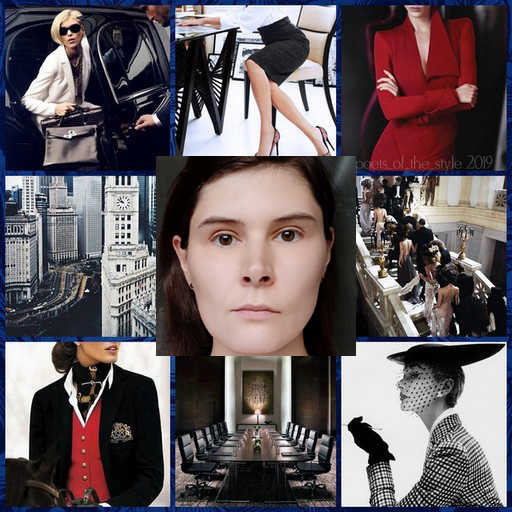

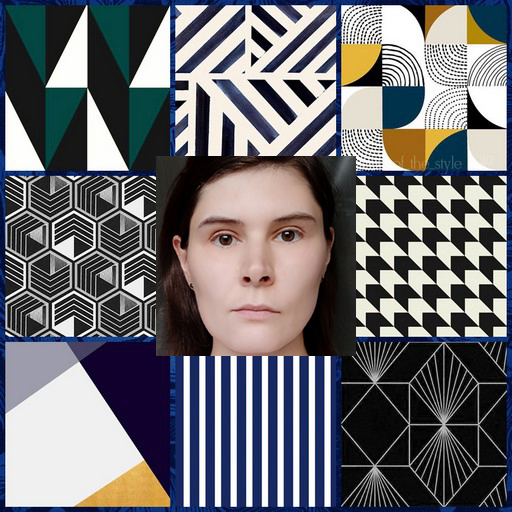

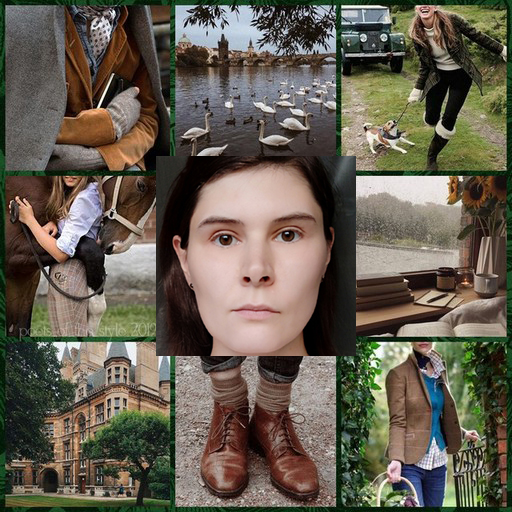

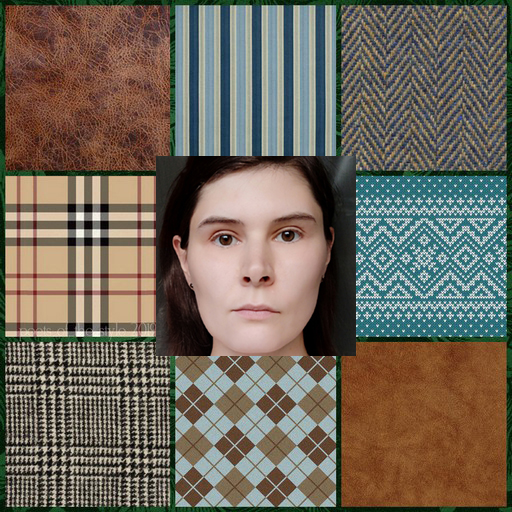
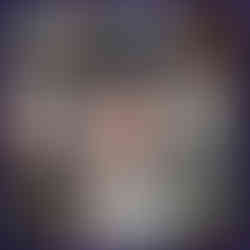

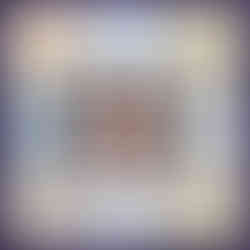


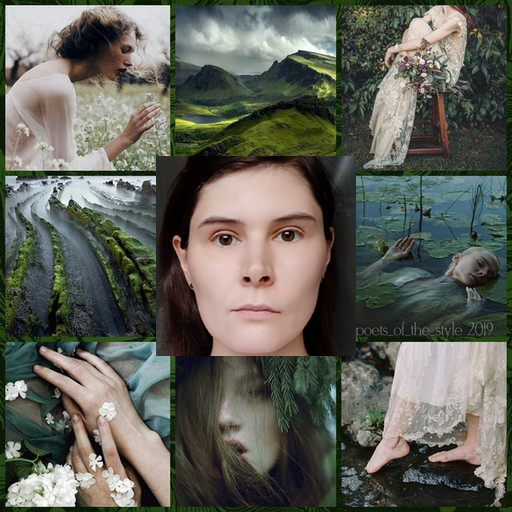

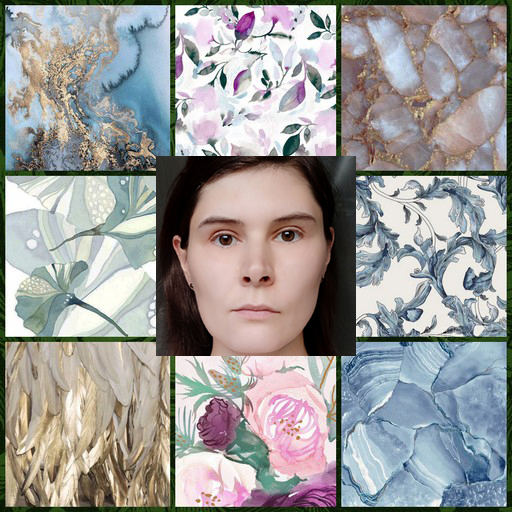



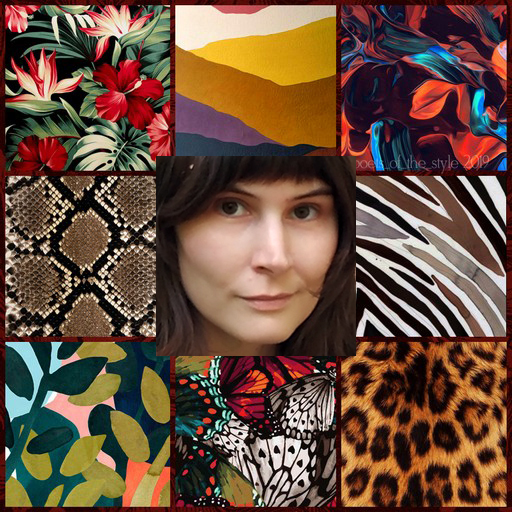

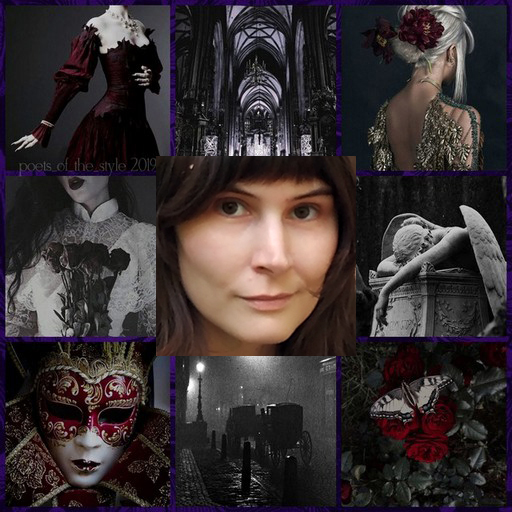

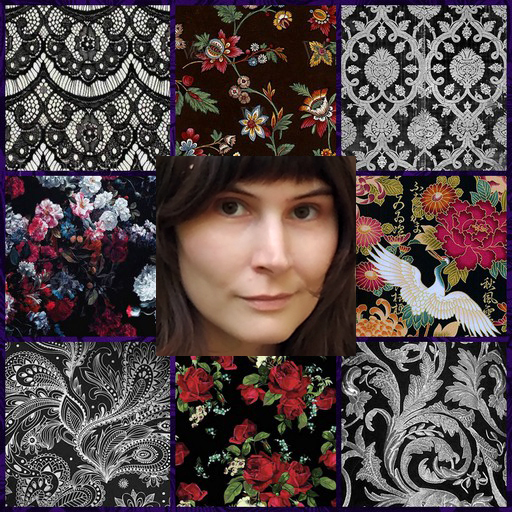

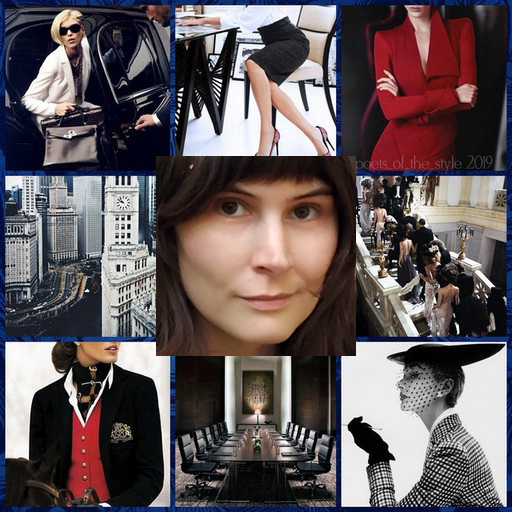

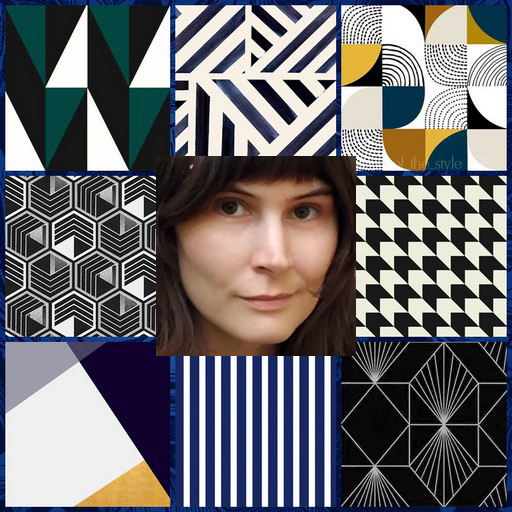

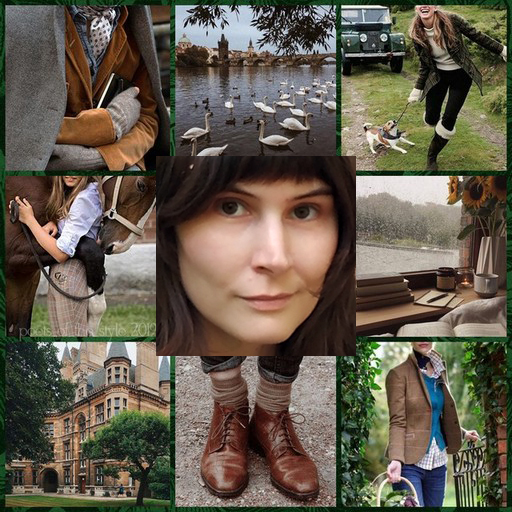

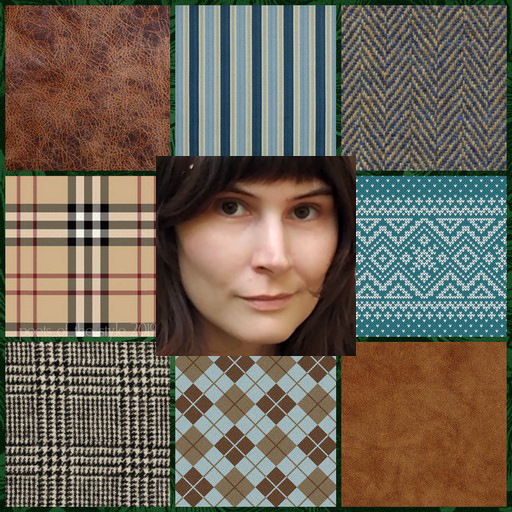
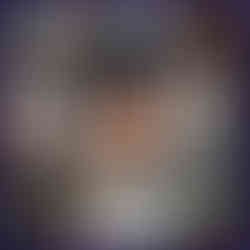


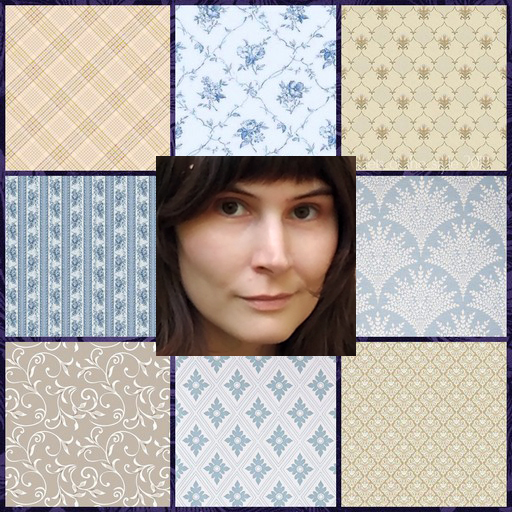

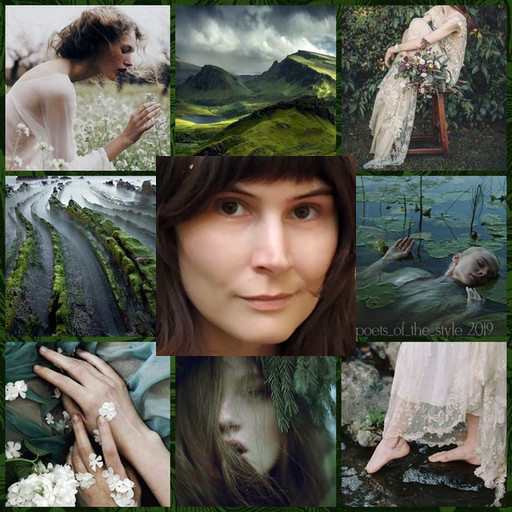

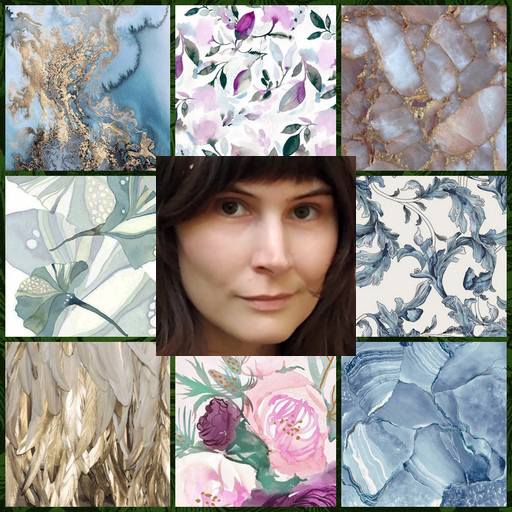



Comments